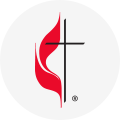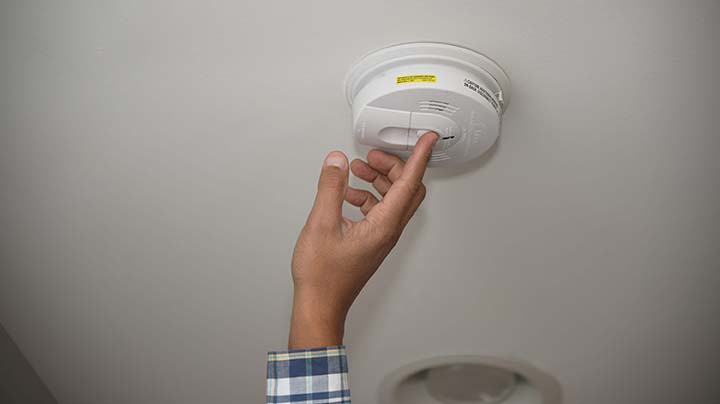October 3 – 9, 2021 is National Fire Prevention Week. Here are a few steps you can take to prepare for home fires and wildfires:
Disclaimer: The information provided in this article is for educational and informational purposes only and should not be construed as legal advice. Please contact your insurance company for more information.
Home Fires
Create a Plan
Create and practice a fire escape plan. Find two ways to get out of each room and make sure windows can be opened. Create a communications plan with family members or neighbors.
Smoke Alarms
Make sure your smoke alarms are properly working each month and replace the batteries every two years. Install alarms on every level of the home and never disable the alarm while cooking.
The Eastern North Carolina American Red Cross’s Home Fire Campaign “helps save lives by installing free smoke alarms in homes that don’t have them, and by educating people about home fire safety.” Learn more about the campaign.
Emergency Contact Information
Write down a list of emergency contacts and keep a physical copy with you. It is important to include an emergency contact that lives out of your area and can be reached by emergency officials. Make sure you share the contact information with your family members.
Important Documentation
Make sure to have copies of important documents, such as titles, health care, social security, vehicle information, utility bills, birth certificate, and mortgage information, in case documents are damaged in the storm. Consider purchasing a small fireproof/waterproof file box to keep everything together and protected.
For additional information on home fire prevention, visit the American Red Cross, National Fire Protection Association, and ready.gov website.
Wildfires
Create a Plan
Create a communication plan. Make sure you communicate your plans with out-of-state family members and check in with them as soon as possible after the storm has passed. Establish calling trees, locate storm shelters and make necessary arrangements for your pets. Know your evacuation routes.
Watch a video from FEMA on preparing for a wildfire.
Emergency Updates
It is important to have access to severe weather updates and information from emergency officials. Know where your local emergency shelters are located and what the evacuation routes are for your location. Listen to local news and the National Oceanic and Atmospheric Administration (NOAA) Weather radio. Download the FEMA or the ReadyNC app to stay updated during a storm.
Emergency kit
Create an emergency kit that contains water, food, and supplies. If you already have a kit, make sure the spare batteries work and the food is not expired. Be careful when carrying flammable or combustible household products.
Include medications, spare batteries, flashlights, cash, and identification in your kit. Don’t forget your pets when you are gathering your supplies.
Include COVID-19 supplies, such as hand sanitizer, cleaning materials, two cloth face coverings per person.
Watch a bilingual video from NC State Extension on building a kit.
Prepare your property
Make sure your smoke alarms are working properly. Clear your yard of flammable vegetation and items around your home. Create a 30 to 100-foot safety zone.
Find a water source outside that can reach any part of your home.
Emergency Contact Information
Write down a list of emergency contacts and keep a physical copy with you. It is important to include an emergency contact that lives out of your area and can be reached by emergency officials. Make sure you share the contact information with your family members.
Important Documentation
Make sure to have copies of important documents, such as titles, health care, social security, vehicle information, utility bills, birth certificate, and mortgage information, in case documents are damaged in the storm. Consider purchasing a small fireproof/waterproof file box to keep everything together and protected.
For more information on how to prepare for wildfires, visit ready.gov, Ready NC, American Red Cross, and Center for Disease Control and Prevention website.

